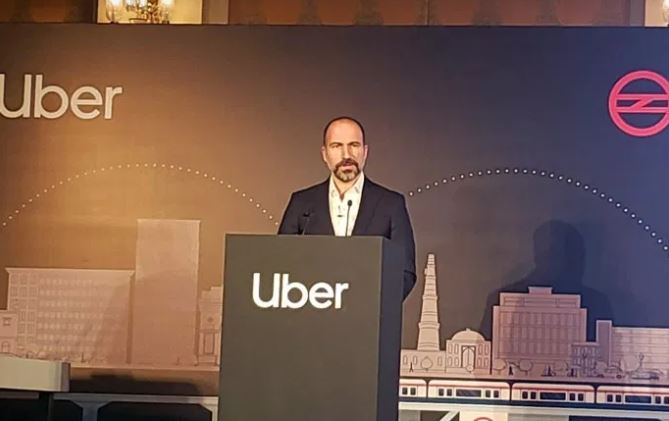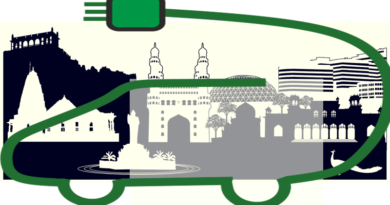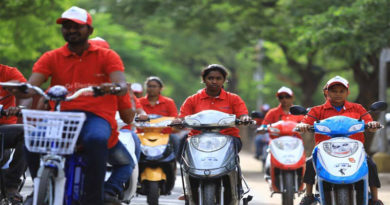Uber’s ‘Public Transport’ Launch in Delhi. No expectations
 This Time, Its All legit
This Time, Its All legit
Between the time it launched in India in 2013 and now, a lot has changed for Uber. The firm has achieved a key goal of an IPO for its investors, although the stock has performed poorly since listing. Down from its price of $45 to $32 now.
The firm has changed its mercurial founder CEO, Travis Kalanick, in favour of Dara Khosrowshahi, a conservative CEO at the best of times, thanks to the toxic environment at the firm when he took over.
Almost 6 years to the day it launched in Delhi, there is nothing guerilla like about the firm’s tactics. In fact, it has been rehabilitated to the other extreme with the government a partner in its latest launch of public services.
For its ‘partners’, cab drivers who form the backbone of the service, Uber is no longer a ticket to quality earnings. But a hard, exhaustive grind to maintain their earnings at sustenance levels with ever-increasing effort.
The firm, which set an almost impossible benchmark for customer-friendly features and pricing notably, is today buried under customer complaints, with social media flooded with rants against the firm, its drivers and their practices.
For it new CEO for the past 26 months, Khosrowshahi, this is only his second visit to India since taking over, in marked contrast to Kalanick’s repeat visits, and offer to take over Indian citizenship if that is what it took to make Uber successful.
Net driver addition is reportedly in the negative territory now, after almost non-stop growth, including by triple-digit jumps, all through 2013-2018.
That’s a lot of change in 6 years.
For many people, the new public transport feature and the tie-up with the Delhi Metro Rail Corporation (DMRC), where the firm will get kiosks or pickup points at 210 metro stations in the city, is no big deal. Especially coming from Uber thanks to the way the firm has floundered in recent months. On top of that, reports that the firm plans to introduce its bus services using inputs from the trials here must sound positively laughable for users. The bus services, for the record, have been trialled in Cairo, Egypt by Uber.
While there is no denying the criticality of a robust bus transport service for the capital, perhaps as much as the metro itself, one hopes that the job is not left to Uber. For whole the firm did an incredible job with building a can fleet and culture almost from scratch and changed the market for good, the way it has struggled in the past year and more is a poor advertisement for its ability to sustain such high pitched launches.
Any bus service, by its very nature, will need to be dependable, consistent and sustainable. The government needs to maintain its own focus on improving the size and nature of the fleet apace, irrespective of any promises or expectations from Uber.
Be it expanding plans for the electric fleet, which is supposed to be 2000 strong by 2020, or using smaller buses to connect last-mile routes from the metro. To get cars off the road, the focus will need to be as much on the quality of services, as on quantity.
And as Uber and Ola, its competitor have themselves demonstrated, they are equally capable of making the problem worse, as they have done with free spaces across markets, with their fleets of cabs seeking every possible space for parking. Partnering with Uber, like raising parking rates is just one of the many tools it has, and the focus needs to be kept on creating a broader, more responsive and dependable service than the Uber operating method promises.




